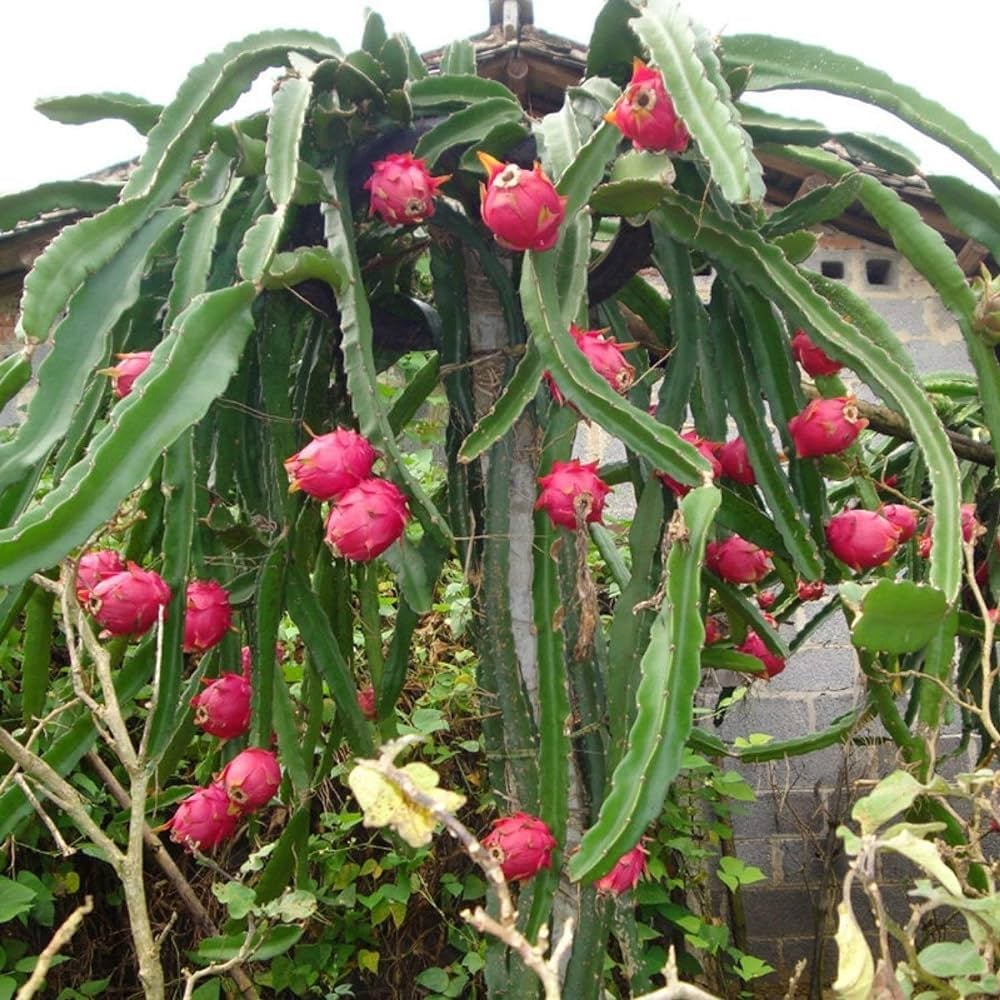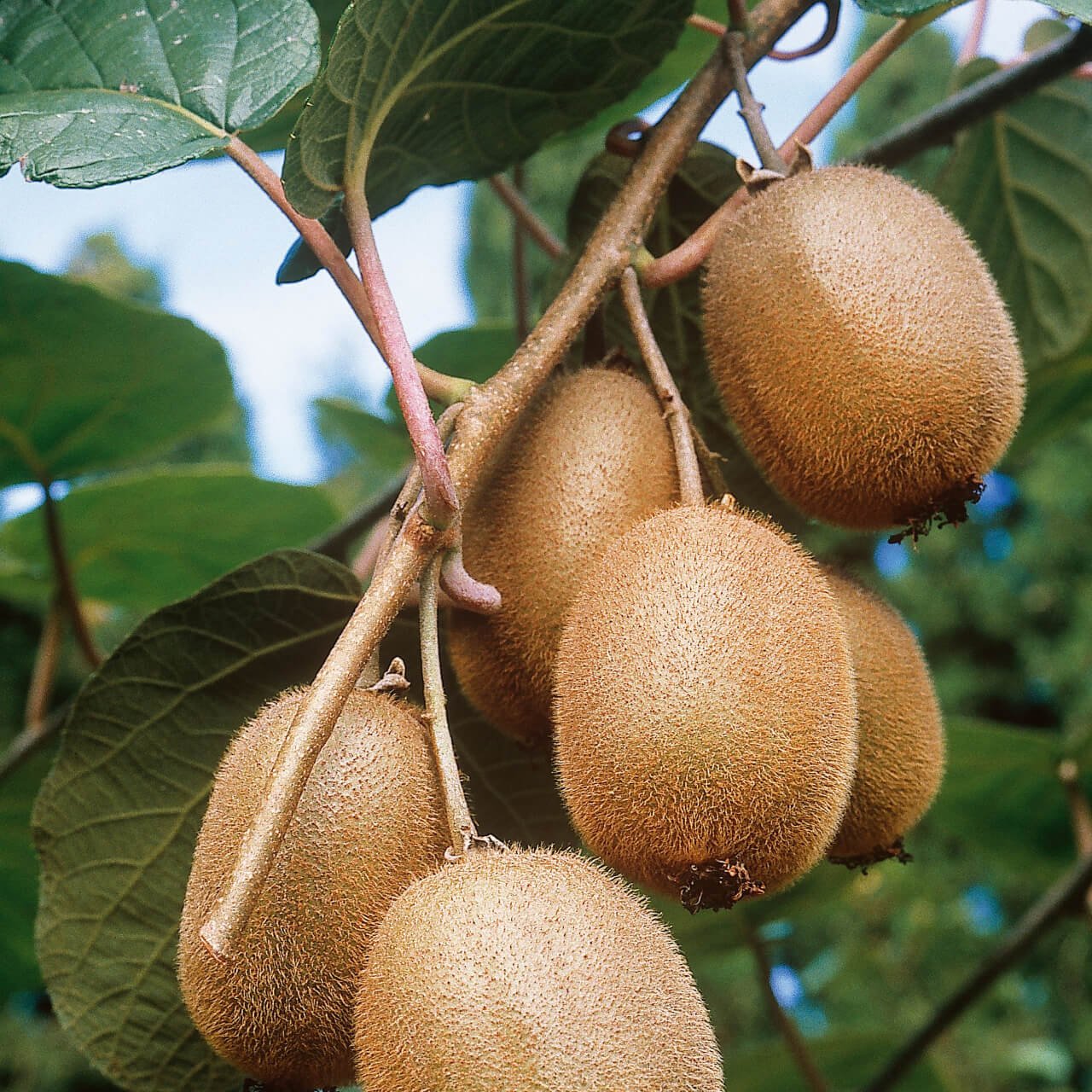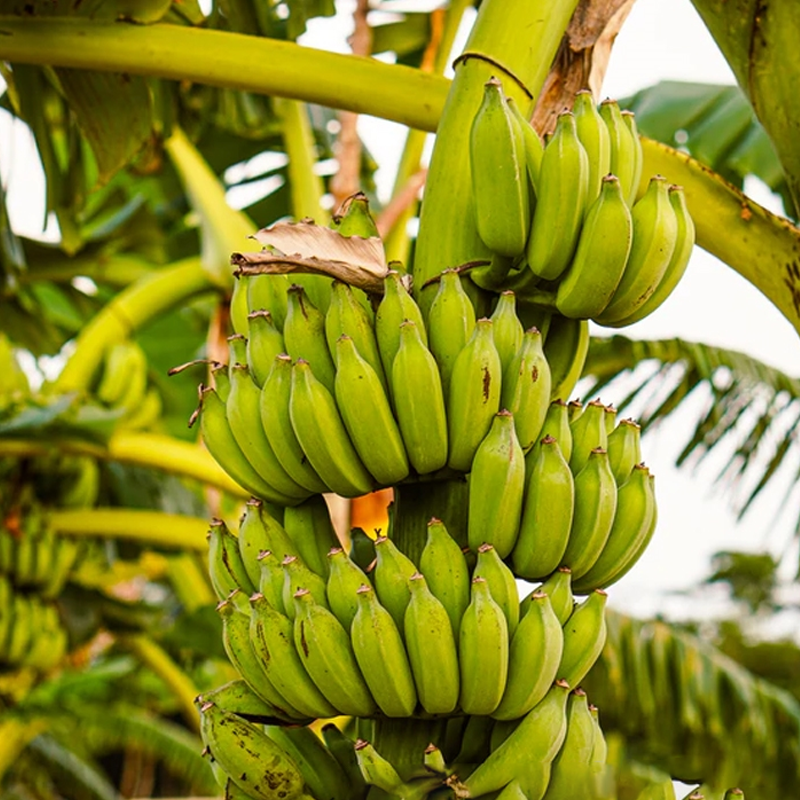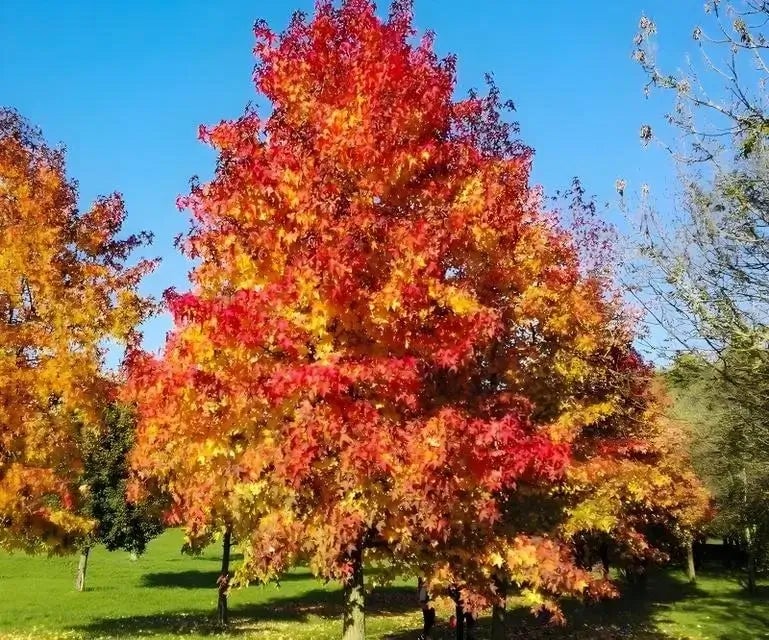

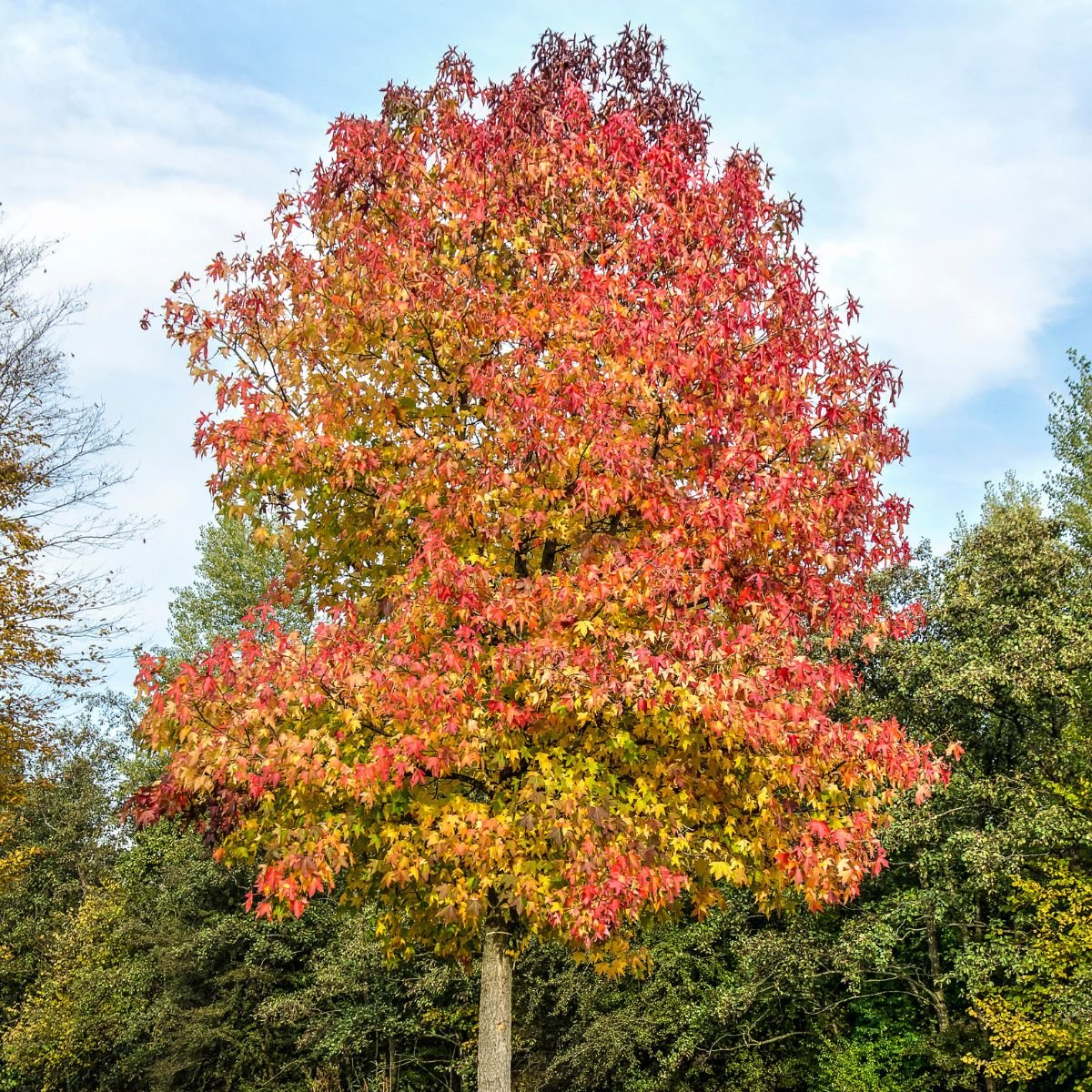
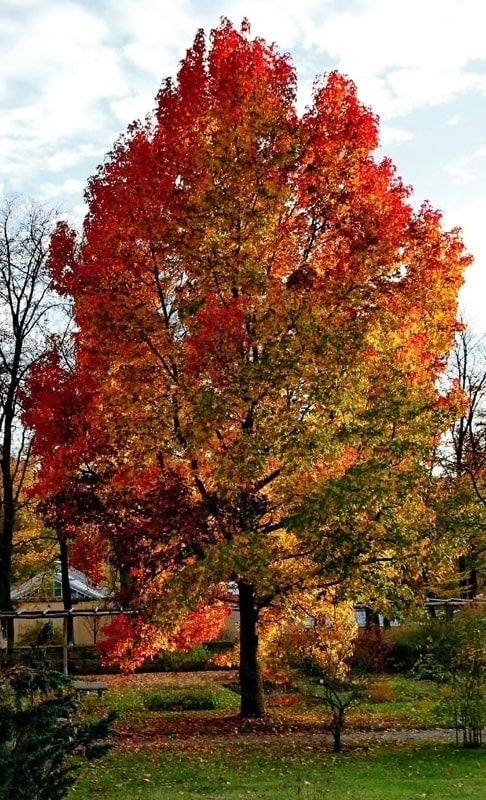
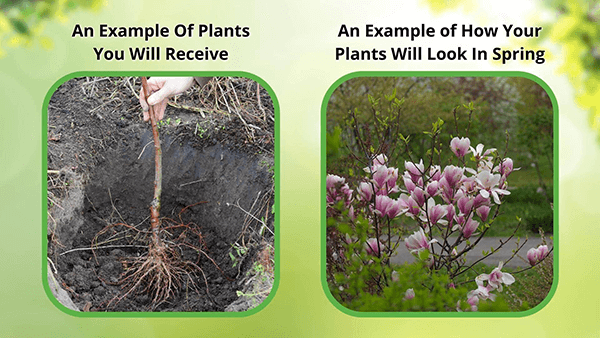
Sweet Gum Tree
Stunning fall color transformation
Tolerant of various soil types
Low maintenance once established
Thrives in
ZONE 5ZONE 6ZONE 7ZONE 8ZONE 9This plant ships:
Ships November–April within 10 business days after the order is placed.Sweet Gum Tree - Liquidambar
The Sweet Gum tree is a tall deciduous type native to North America. It is known for its distinctive star-shaped leaves, spiky brown seed balls, and vibrant fall foliage. One of the standout benefits of using them in landscaping is their striking visual appeal.
Known as Liquidambar styraciflua and American sweetgum, is considered a precious forest grower. Its star-shaped, five-pointed leaves can occasionally confuse it for a maple.
In the summer, these will grow smooth and shiny leaves with a rich, satisfying green color. It's in autumn that it shines, though. Their leaves can turn into various colors, including dark purple, yellow, and red. Once again, comparable to maples, they appear almost on fire as they go out in a blaze of glory. It's something to behold and will quickly become your favorite fall beauty.
The Flowers and Fruit Of Sweet Gum Tree
Flowers first appear in spring and typically hang in there until at least fall. Depending on their gender, you may see yellowish-green drooping flowers or reddish-green upright flowers. Either way, the staminate flowers can grow up to three inches long. Over time, the ovaries of the its flowers will harden and become fruit.
The Seeds Of Sweet Gum Tree
The fruit is dry and complex, and each one-inch contains 40-60 capsules. Inside these capsules are tiny seeds. Once they fall to the ground, these seeds are commonly referred to as burr balls. Most of these seeds won't come to fruition, but they provide an excellent food source for squirrels, birds, and chipmunks.
Sweet Gum Trees offer excellent shade and should be planted away from foot traffic.
Their long and distinguished history dates back to at least 1517, and they can live for up to 400 years. As they grow, they'll develop deeply ridged bark, sometimes called alligatorwood. Additionally, the branches will become gray, dark brown, or reddish-brown.
If you're fond of stepping on fallen leaves, you'll be treated to a camphor-like fragrance. Combining this with it's breathtaking autumn appearance, you'll get a deciduous sapling that can become part of your overall legacy. After all, with its long lifecycle, it can outlive you and several subsequent generations.
This Is How Your Plants Will Look upon Delivery

Height at Maturity
Over 25 Feet
Care
Sweet Gum Trees thrive in well-drained soil and need regular watering, especially during dry spells. They should be trimmed in late winter to preserve form and release dead or damaged branches. When planting, be mindful of their large size; they need ample space to grow.
Plant Reproduction
Sweet Gum Tree spreads via wind-dispersed seeds from spiky balls
Plant bare root trees during the dormant season in early spring or late fall (November through April). Dig the hole twice as wide as the roots so the soil is well-drained. Position the tree so the root flare is at or just above ground level. Fill the hole back with the soil you dug from and water. Maintain soil moisture, especially in the tree's early years, by providing deep, regular watering. Apply a 2-4 inch mulch away from the trunk at the base to retain moisture and suppress weeds. Prune trees during the first few seasons to establish strength and resilience, remove damaged branches, and continue maintenance pruning as the tree matures. Regularly inspect for pests and diseases and apply integrated pest management practices. Protect young trees from mechanical damage and extreme temperatures with tree guards, and stake them if necessary for support, removing the stakes after one or two years.
Shipping date depends on the date displayed and chosen when you order from the product's page.
We only accept returns on plants verified dead. If you think your plants have died, we offer a 1 year warranty, please use this File a Claim Link to verify dead plants and start with return warranty process.







Sweet Gum Tree
This plant ships:
Ships November–April within 10 business days after the order is placed.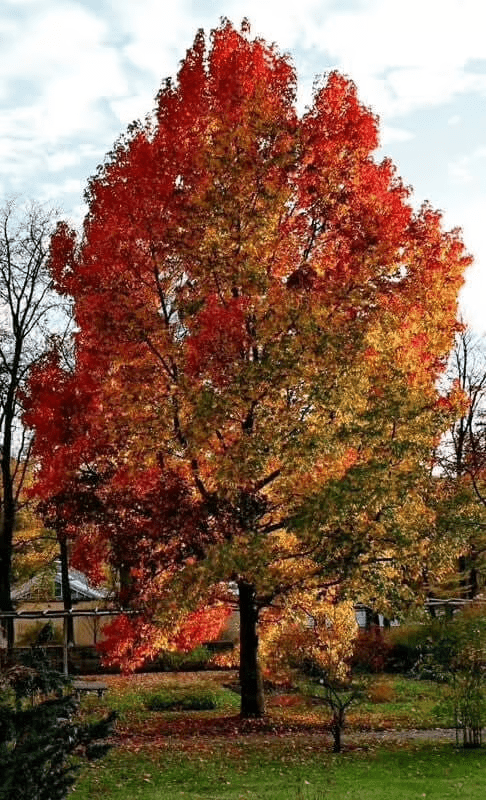
Stunning Seasonal Foliage:
The Sweet Gum Tree boasts vibrant red, orange, and purple leaves in fall, offering a dramatic seasonal transformation.
Unique Leaf Shape:
Its star-shaped leaves are a distinctive feature that adds visual interest throughout the growing season.
Strong and Resilient:
Sweet Gum Trees are known for their durability and resilience, providing lasting beauty with minimal upkeep.
Adaptable to Various Soils:
This tree thrives in a range of soil types, making it a versatile choice for different landscapes and conditions.
Caring Tips
How do I care for my Sweet Gum Tree?
Each box contains detailed care instructions and information about your product. But here's the basics.
Care Tips
Sweet Gum Trees thrive in well-drained soil and need regular watering, especially during dry spells. They should be trimmed in late winter to preserve form and release dead or damaged branches. When planting, be mindful of their large size; they need ample space to grow.
Light Requirements
The Sweet Gum Tree thrives in full sun to partial shade. For optimal growth, it prefers at least six hours of natural sunlight daily, but it can tolerate some shade, especially in hotter climates. Ensure it receives ample light for vibrant foliage.
Hardy Planting Zones
5 • 6 • 7 • 8 • 9
Header
Use this content to share information about your store and products.
Frequently Asked Questions
How often should I water my plants?
How do I know if my plant is getting too much or too little sunlight?
What should I do to prepare my plants for winter?
What are the signs that my plant needs fertilizing?
How can I prevent pests from damaging my plants?
How do I choose the right plant for my climate zone?



